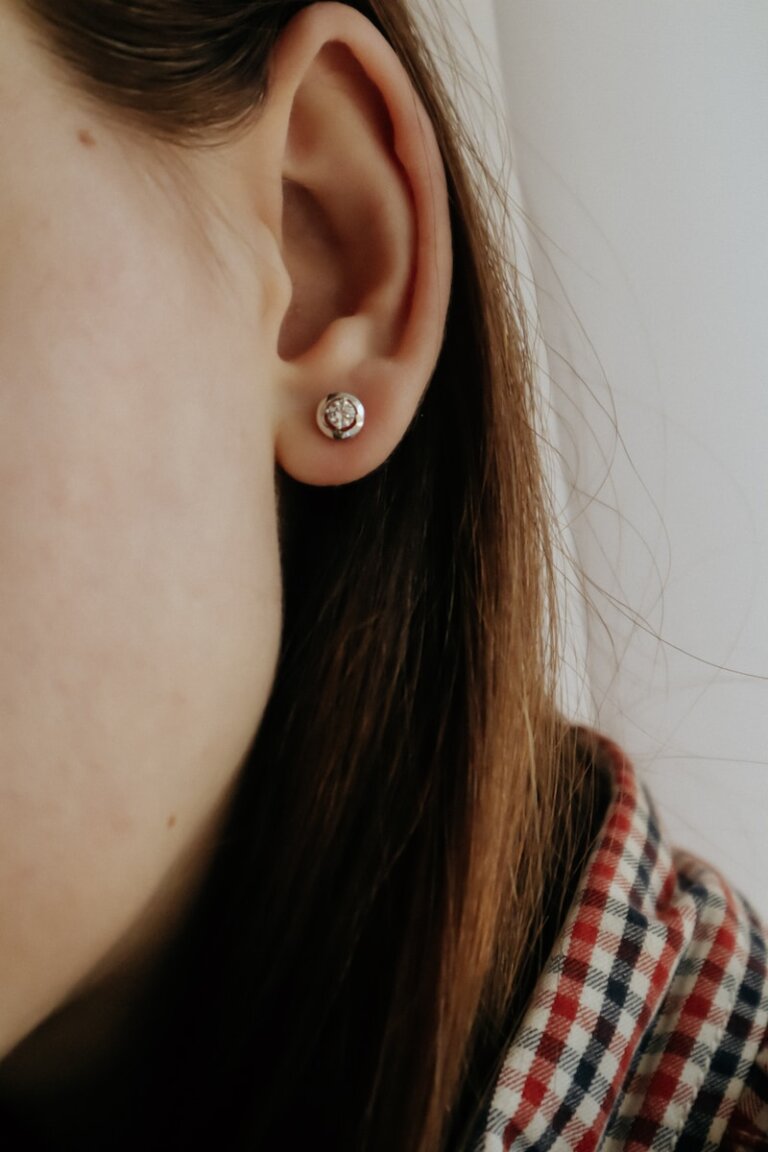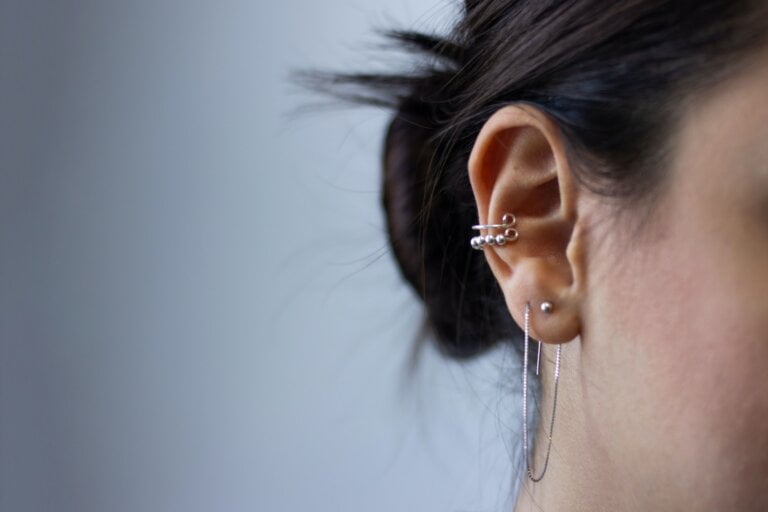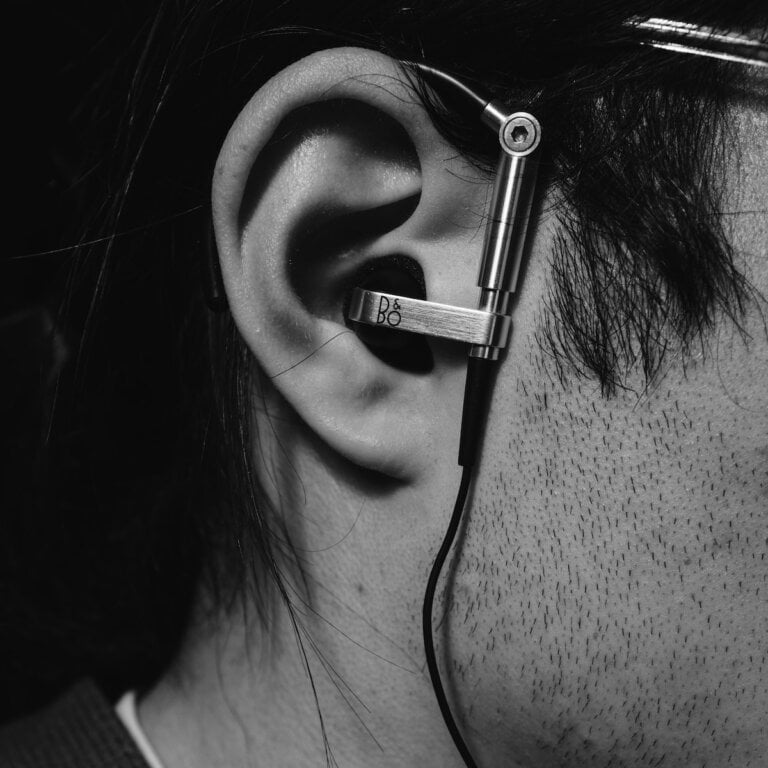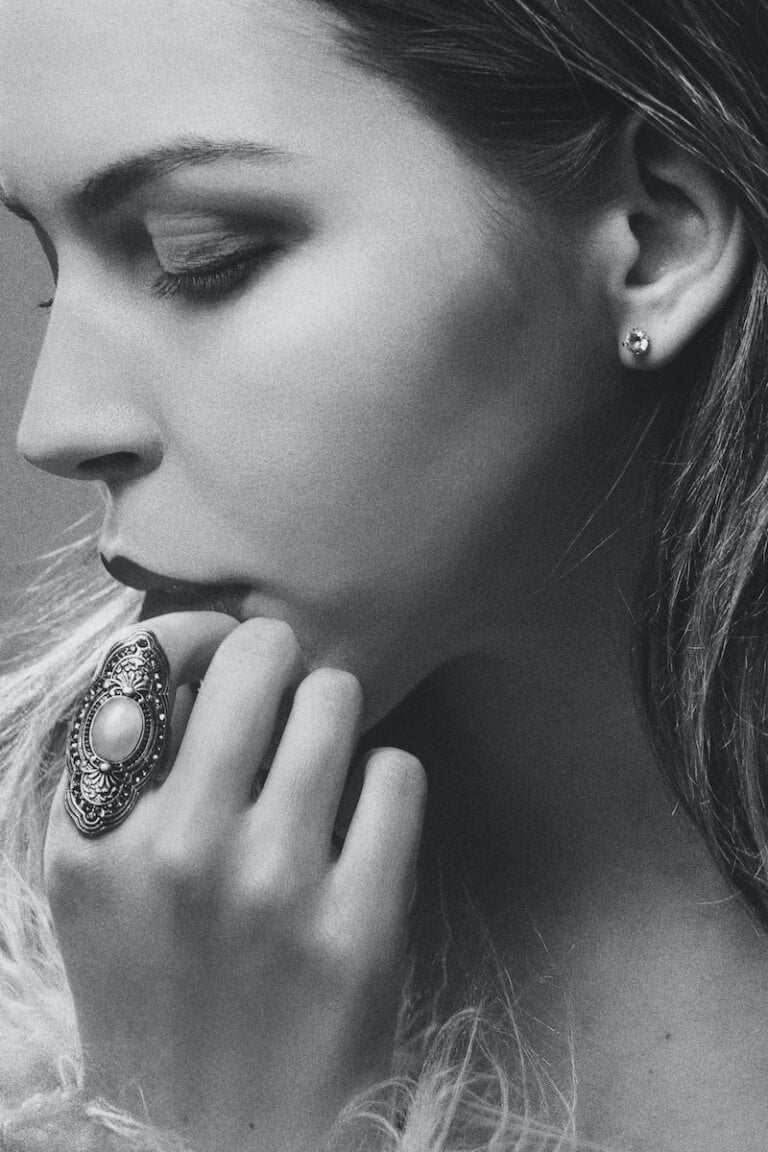Ensuring Ongoing Care and Maintenance After a Microsuction Procedure
Microsuction is a safe and effective ear cleaning procedure that involves the removal of excess earwax and debris from the ear canal using a specialized suction device. While the procedure itself offers immediate relief and improved hearing, it is crucial to follow proper care and maintenance practices afterward to ensure long-term ear health. In this article, we will explore the essential steps and guidelines for ongoing care and maintenance after a microsuction procedure.
1. Keep the Ears Clean and Dry
After a microsuction procedure, it is important to keep the ears clean and dry to prevent any infection or complications. Here are some key points to consider:
- Avoid swimming or submerging the ears in water for at least 48 hours following the procedure. Water can introduce bacteria into the ears, increasing the risk of infection. It is best to avoid swimming or any activity that involves water contact during this initial healing period.
- Use a clean, dry towel to gently pat the outer ear after showering or bathing. Moisture can accumulate in the ear canal, providing a favorable environment for bacteria or fungus to grow. By gently patting the outer ear, you can help remove excess moisture and prevent potential infections.
- Avoid using cotton swabs or any other objects to clean the ears, as they can push debris further into the ear canal and cause damage. Despite their common use, cotton swabs can actually push earwax deeper into the ear canal, leading to impaction or damage to the delicate structures of the ear. It is best to let the ear clean itself naturally.
2. Follow the Recommended Ear Drops Routine
Your healthcare professional may prescribe ear drops or provide specific instructions on using over-the-counter ear drops to keep the ears lubricated and prevent the buildup of earwax. It is essential to follow the recommended ear drops routine as advised, which may include:
- Applying the prescribed ear drops as directed, usually a few drops in each ear. Ear drops help soften and loosen earwax, making it easier to remove and preventing it from building up again. Follow the instructions provided by your healthcare professional or the manufacturer of the over-the-counter ear drops.
- Gently massaging the ear area to ensure proper distribution of the ear drops. Massaging the ear area helps the ear drops reach all areas of the ear canal, ensuring optimal effectiveness. Use gentle circular motions around the external part of the ear to facilitate proper distribution.
- Following the recommended frequency and duration of ear drop usage. Different ear drops may have varying instructions regarding frequency and duration of use. Some may need to be applied once a day, while others may require more frequent application. Make sure to carefully read and follow the instructions provided to maximize the benefits of the ear drops.
3. Avoid Exposure to Excessive Noise
Exposure to loud noises can potentially damage the ears and hinder the healing process after a microsuction procedure. To promote optimal ear health, it is important to:
- Avoid or limit exposure to loud music, concerts, or other noisy environments. Prolonged exposure to loud noises can lead to noise-induced hearing loss, which can be irreversible. It is important to be mindful of your surroundings and take steps to minimize exposure to excessive noise.
- Use ear protection, such as earplugs or earmuffs, in situations where loud noises are unavoidable, such as concerts or construction sites. If you find yourself in a situation where loud noises are unavoidable, it is crucial to protect your ears. Using earplugs or earmuffs can significantly reduce the intensity of the sound reaching your ears, providing valuable protection.
4. Maintain Regular Follow-up Appointments
Regular follow-up appointments with your healthcare professional are vital to monitor your ear health and ensure proper healing after a microsuction procedure. These appointments can help identify any potential issues early on and allow for timely intervention if needed.
Make sure to adhere to the recommended follow-up schedule and attend all appointments. During these visits, your healthcare professional may perform a visual examination of the ears and provide further guidance on ongoing care.
5. Be Aware of Warning Signs and Seek Prompt Medical Attention
While microsuction is generally a safe procedure, it is important to be aware of any warning signs or complications that may arise. If you experience any of the following symptoms, seek prompt medical attention:
- Severe pain or discomfort in the ears: Persistent or intense pain in the ears may indicate an infection or injury that requires immediate medical attention.
- Persistent or worsening hearing loss: If you notice a decline in your hearing abilities or if your hearing loss worsens after the procedure, it is important to consult with a healthcare professional.
- Drainage or fluid coming from the ears: Any discharge or fluid coming from the ears could be a sign of infection or other underlying issues that need to be addressed.
- Dizziness or balance problems: Experiencing dizziness or problems with balance could be indicative of an inner ear problem that should be evaluated by a healthcare professional.
These symptoms could indicate an infection, injury, or other issues that require immediate attention from a healthcare professional.
6. Maintain Overall Ear Health
In addition to the specific care and maintenance steps mentioned above, it is essential to maintain overall ear health for optimal results. Here are some general guidelines to follow:
- Avoid inserting any objects into the ears, including cotton swabs, pens, or keys. Inserting objects into the ears can cause damage to the ear canal or eardrum. It is best to let the ear clean itself naturally and avoid any unnecessary interventions.
- Clean your ears regularly, but avoid excessive cleaning as it can disrupt the natural balance of earwax and cause complications. While it is important to maintain clean ears, excessive cleaning can strip the ear canal of its natural protective layer of earwax, leading to dryness, itching, or increased risk of infection. Gentle cleaning on the outer part of the ear using a washcloth or tissue is generally sufficient.
- Familiarize yourself with your family’s medical history, as certain conditions or genetic factors may impact your ear health. Some conditions, such as genetic hearing loss or a history of recurrent ear infections, can affect your ear health. Being aware of your family’s medical history can help you take proactive steps to protect your ears and seek appropriate medical care if needed.
Conclusion
Proper care and maintenance after a microsuction procedure are crucial for ensuring ongoing ear health and preventing complications. By following the guidelines provided in this article, you can maintain clean and healthy ears, enhance your overall hearing experience, and reduce the risk of future ear-related problems.
1. How long should I avoid swimming or submerging my ears in water after a microsuction procedure?
- It is recommended to avoid swimming or submerging your ears in water for at least 48 hours following the procedure.
2. How should I clean my ears after showering or bathing?
- After showering or bathing, gently pat the outer ear with a clean, dry towel to remove excess moisture and prevent potential infections.
3. Can I use cotton swabs to clean my ears after a microsuction procedure?
- No, it is best to avoid using cotton swabs or any other objects to clean the ears as they can push debris further into the ear canal and cause damage.
4. How often should I apply ear drops after a microsuction procedure?
- The frequency and duration of ear drop usage may vary depending on the specific instructions provided. It is important to follow the recommended ear drops routine as advised by your healthcare professional or the manufacturer of the ear drops.







